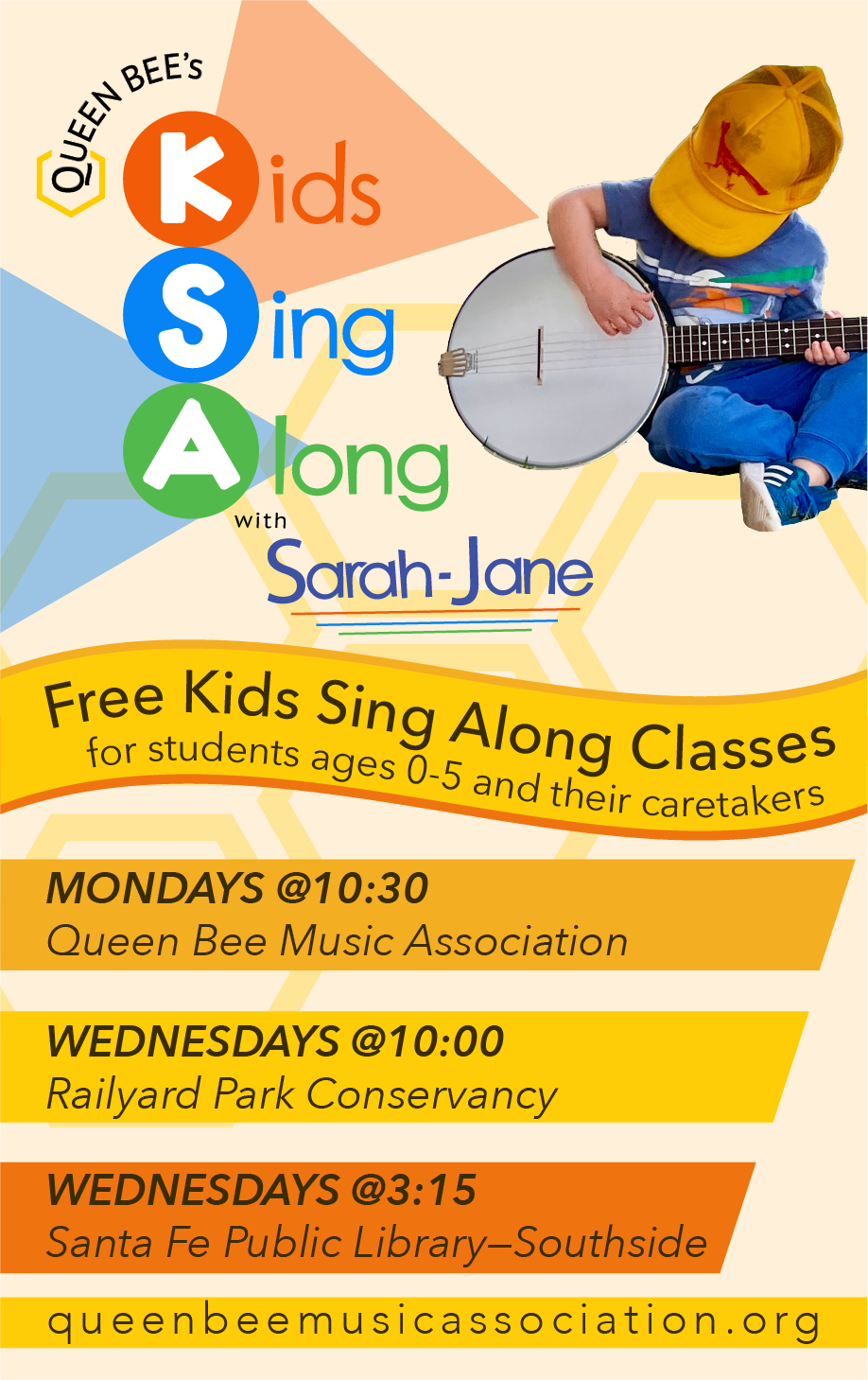Conversations in Castle Park
Two perspectives in early childhood education
By Annabelle Black Delfin
Earlier this fall, I was pushing my three-year-old granddaughter on the swings in what she calls the Castle Park in Santa Fe. I was chatting with the other adults who were there with children enjoying the late afternoon autumn sunlight. One of the parents was a former student of mine in early childhood education, and we were talking shop. Most of the time, adults are not so interested in the intricacies of early-childhood instructional practice—that is, unless they have small children. That being the case, the other adults were listening and contributing to our conversation. We had moved to the area of the slides, catching the little ones as they came down, when a young father asked me a set of questions that I get all of the time: “What is the difference between early childhood education and elementary education? My daughter is old enough for pre-K now, should we move her to a public school or keep her in her licensed childcare setting?”
These questions are at the heart of a debate that has been ongoing to one degree or another in early childhood education for the past 50 years and has recently intensified. The questions about the differences in educational approach between early childhood education and elementary education reveal areas of tension and overlap that can affect a parent’s decision about when it is time to transition a child from childcare to school.
In New Mexico, there are currently two overarching educational perspectives that are prevalent: the developmental-interaction perspective, and the academic-content perspective. Because the answer to the father’s questions about care setting versus school setting relies a bit on both approaches, it is important, first, to understand some background of each educational perspective.
The developmental perspective is based on growth and development. This perspective is the basis of early intervention and early childhood education, and weighs heavily in special education. In this perspective, it is understood that individual children can—and do—have differing paces of development, which can be affected by a child’s home culture, language, and other factors. The developmental perspective calls for people’s needs to be addressed at their developmental level, regardless of age. It is not about groupings or grades, it is about individualization. This approach is based on relationships and bonding, which requires a low child to adult ratio.
The developmental-interaction perspective is embedded in most aspects of early childhood education, from childcare licensing regulations to the quality ratings system. Teacher training in early childhood education is, almost always, presented from the developmental perspective. New Mexico’s higher education institutions base their early childhood education degree programs in the developmental-interaction perspective of care and education.


Early childhood educators usually track children’s development over time in a comparison to the “typically developing child,” indicating when the children in their care reach developmental milestones in the various learning domains. The information gathered about a child’s development informs curriculum design with the goal of supporting children’s optimal development. Curriculum in the developmental-interaction perspective is usually play-based and designed with opportunities for exploration, sensory experiences, and interaction with others. In the developmental perspective, acquisition of skills and abilities build upon each other and are dependent on sufficient mastery of prior foundational skills and abilities. Using this educational perspective, a teacher determines what a child can do—or in other words, determines a child’s developmental level (compared with the “typically developing child”) and scaffolds the child to attempt and eventually master the next developmental step. This requires that a teacher start where the child is in development and work from there. The learning occurs within the child’s relationship with the teacher as well as their peers.
On the other hand, elementary and secondary education (in the public schools) is centered in the academic-content perspective. The academic perspective focuses on a defined body of knowledge (grade-level competencies and content standards) that is presented to children grouped by age in a grade. Children grouped by age are expected to grasp a specified set of skills and information (i.e., third grade subject-area competencies) within the same time period and advance forward to the next grade as a group. Therefore, there is less emphasis on individualization and more emphasis on, in this case, the Common Core State Standards, which start in kindergarten. The academic-content perspective often utilizes sequential direct instruction of skills, with assessment often based on discrete skills within the academic content. Teacher training in elementary (and secondary) education is presented within the academic-content perspective.
The differences between the two become obvious during a child’s transition from four to five years old (pre-K to kindergarten). At this time in a child’s life, many children (and families) experience a shift in the approach to care and education as the child moves from childcare to the primary grades of public school. At this point, the intersection between the different paradigms occurs. These two different perspectives on education have an influence on how care providers, teachers, and schools approach instruction, as well as determining how schools, institutions, and agencies are structured to support the educational perspective.
With all of this being said, the New Mexico Early PreK and PreK program is overseen by the New Mexico Early Childhood Education and Care Department, even the early pre-K and pre-K classrooms that are housed at public elementary schools. These programs are designed to bridge between the two educational perspectives, incorporating developmental data that informs teachers’ curricular planning and some direct introduction and instruction of foundational academic content that will be expanded as the child grows older. Whether the early pre-K and pre-K class is part of a public school or part of a licensed childcare center, both models adhere to the New Mexico PreK Program Standards (nmececd.org/pre-k/).
In making the decision about licensed childcare versus New Mexico Early PreK/PreK versus public elementary schools, it is ultimately about the fit of the family’s values and goals for their child with the educational and care perspective of the provider, center, or school. It is also about relationships that a family and child may have with their current provider. And just as importantly, it is about the child’s needs, whether for care in a small setting or readiness for exposure to larger educational settings.
Annabelle Black Delfin has spent her life in New Mexico. Since starting her first babysitting enterprise as a teen, she has been interested in how young children grow and develop. She has run after-school programs, summer camps, youth-service nonprofits, and childcare, among other programs for kids in Santa Fe. Annabelle is the mom of two Santa Fe kids and has a three-year-old granddaughter. Annabelle is currently an educational consultant at UNM; a researcher, writer, and instructor at the New Mexico Center of Excellence in Early Childhood Education; and a graduate adjunct professor at NMSU in the field of early childhood.










